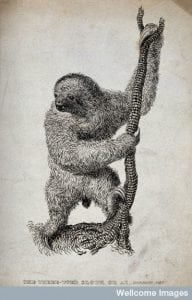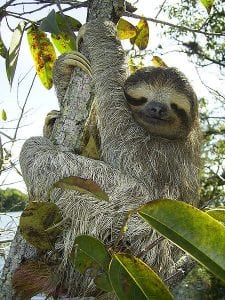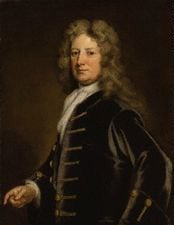Henry Barham Sr. to Hans Sloane – September 13, 1722
Item info
Date: September 13, 1722 Author: Henry Barham Sr. Recipient: Hans SloaneLibrary: British Library, London Manuscript: Sloane MS 4046 Folio: ff. 289-290
-
Language
English
-
Library
British Library, London
-
Categories
Government, Social, Trade or Commodities
-
Subjects
Earthquakes, Extreme Weather, Fires, Floods, Fortifications, Jamaica, Real Estate, Sugarcane
-
Date (as written)
September 13, 1722
-
Standardised date
-
Origin (as written)
St. Iago de la Vega
-
Others mentioned
Captain Winter Sir Nicholas Lawes
-
Patients mentioned
Original Page

Transcription
[fol. 289] Worthy Sr I hope you Received my Last Letter seny by the Neptun Capt Winter Commander who sailed the 12th of July Last And should be glad to Receive one from you I Now send you the Malancholly account of our great Misfortune that befell us Teusday the 28th of August The Particulars I Refer to the Inclosed Publick News Paper What Relates to your affairs Here is; I Hear that all the Works & Buildings at Midestone & Knowles are Intire flat Down at to the Ground; & so are most of the Work through out the Island & in some Places the Canes not only Eradicated but carry’d a way with the Rivers wch have Thrown such vast quantitys of River stones & sand upon Lands that Joines to them that they can never be Planted in Again I do not know who Looks after your Interest in sixteen Mile Walk for Major Rose is Gone a Crusing in a Man of Warr for His Health & Pleaser Its Remarkable that Port Royal hath sufferd in a Particular Manner Four times in Thirty years viz: in 1692 the Dreadfull Earth Quake that separated it from the Rest of the Island in 1702 A Dreadful fire that Left but one House standing upon the Place in 1702 A Violent Storm but then the Wall Newly Built kept of the sea in 122 [sic] A much Greater storm wch Laid it under Water several Feet and had it not been for a New Line of Fortification Called Honour Line Built by His excellency our Present Governor Sr Nicholas Lawes wch Broak off the South Westerly Wind & sea the Place has Irrecoverably been Lost This is all I Can Inform you at Present I always Remaining your most Humble servant to Command at all times Henry Barham Sept 13th 1722 St Iago de la Vega
Henry Barham (1670?-1726) was a botanist. He lived in Jamaica and corresponded with Sloane on the plant and animal life of the island. Parts of Barham’s letters to Sloane appeared in the latter’s Natural History of Jamaica (T. F. Henderson, Barham, Henry (1670?1726), rev. Anita McConnell, Oxford Dictionary of National Biography, Oxford University Press, 2004 [http://www.oxforddnb.com/view/article/1374, accessed 13 June 2011]).
Patient Details
-
Patient info
Name: N/A
Gender:
Age: -
Description
-
Diagnosis
-
Treatment
Previous Treatment:
Ongoing Treatment:
Response: -
More information
-
Medical problem reference



